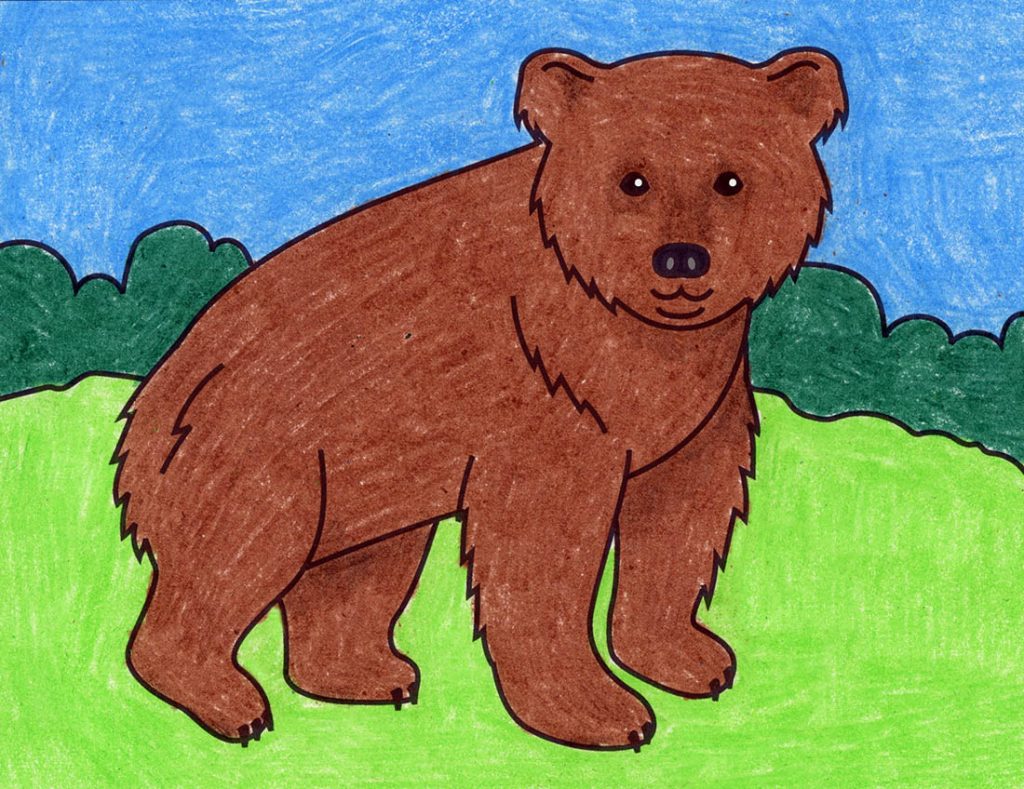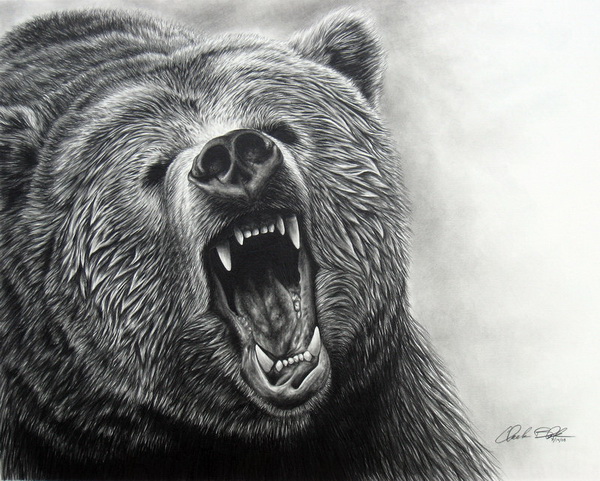
Introduction
Bear drawing is a popular form of art that captures the beauty and majesty of these magnificent creatures. Whether you are an aspiring artist or simply enjoy doodling, learning how to draw bears can be a fun and rewarding experience. In this article, we will explore various techniques and tips to help you create stunning bear drawings.
Materials Needed
Before we delve into the actual process of drawing bears, let's talk about the materials you will need. Having the right tools can make a significant difference in the outcome of your artwork. Here are some essential materials to get you started:
- Drawing paper or sketchbook
- Pencils of varying hardness (HB, 2B, 4B, etc.)
- Eraser
- Blending tools such as blending stumps or tortillons
- Reference images of bears

Observing Bear Anatomy
Before you begin drawing bears, it is crucial to have a basic understanding of their anatomy. Observing their features and proportions will help you create more realistic and accurate drawings. Here are a few key points to keep in mind:
- Bears have a large, stocky body with a broad chest.
- Their head is round with small, rounded ears.
- Bears have short, powerful legs with strong paws.
- Their fur is thick and shaggy, providing protection from the elements.

Starting with Basic Shapes
A helpful technique when drawing bears is to start with basic shapes. By breaking down the complex form into simple shapes, you can establish the overall structure and proportions of the bear. Begin with a circle for the head and add ovals for the body, limbs, and ears. This approach will serve as a foundation for adding details later on.

Drawing Expressive Eyes
The eyes play a vital role in capturing the essence and emotions of the bear. To make your bear drawing more engaging, focus on creating expressive eyes. Draw two almond-shaped eyes with a highlight in each to add depth and liveliness. Pay attention to the direction and size of the eyes, as they can greatly influence the overall expression of the bear.

Adding Fur Texture
One of the defining features of bears is their thick fur. To bring your bear drawing to life, it is essential to master the art of adding fur texture. Start by lightly sketching the direction of the fur using short, curved lines. Gradually build up the layers, adding more depth and definition. Use an eraser to create highlights and add dimension to the fur.

Creating Realistic Shadows
Shadows play a crucial role in making your bear drawing appear three-dimensional and realistic. Pay attention to the light source and imagine where the shadows would fall on the bear's body. Use hatching and cross-hatching techniques to add shading and depth. Experiment with different pencil hardness to achieve the desired effect.

Adding Final Details
Once you have established the basic structure, fur texture, and shadows, it's time to add the final details to your bear drawing. Pay attention to the small features that make each bear unique, such as the shape of the nose, the texture of the paw pads, and any scars or markings. These details will add personality and realism to your artwork.

Conclusion
Drawing bears can be a fulfilling and enjoyable artistic endeavor. By following the techniques and tips outlined in this article, you can create stunning bear drawings that capture the spirit and beauty of these magnificent creatures. Remember to practice regularly, observe bear anatomy, and experiment with different shading techniques. Happy drawing!